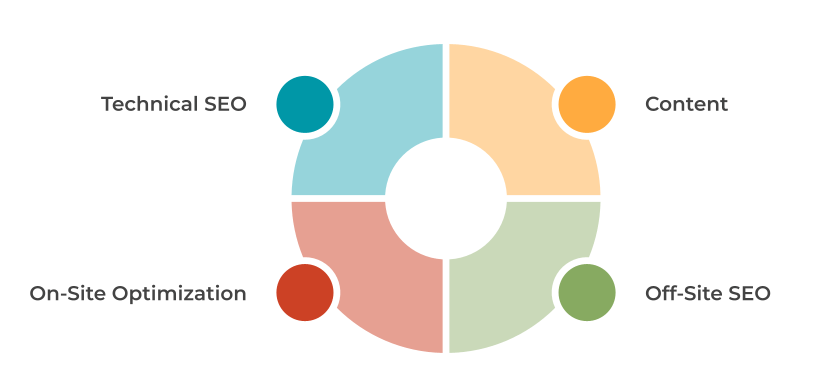SEO is often overwhelming for small- to medium-sized businesses. It seems to be ever-changing, complicated, and implementation can be expensive. Some business owners don’t even know what SEO stands for; they just know they need more website traffic and more leads from Google.
As an SEO agency, you can stand out by communicating clearly with your prospects and customers. Reduce their overwhelm and explain things in common terms. Take the time to lead them through the SEO process and point out what’s most important and why. They’ll thank you for it, and you’ll have gained their trust.
Why is Communication Important?
There was a time, years ago, when SEO took place behind the scenes. An SEO agency could drive results without much client communication or collaboration.
Today, though, collaboration is the foundation of an SEO campaign. And to collaborate, we must communicate.
As SEO account managers, we think of ourselves as rafting guides. We know what is downstream. We direct the strategy boat. We are powerful executors. And we don’t work alone.
In the most successful campaigns, our clients are paddling in the same direction. Whether through content marketing, keyword selection, or acquiring new reviews on Google Maps, we’re all working together.
When Does Communication Start?
Good communication starts during the sales process. From our first contact with a client, we have the opportunity to communicate clearly and effectively. This helps us win more new business and ensure SEO campaign success.
During the sales process, we begin educating our clients by explaining how SEO works.
Don’t assume your prospect knows what SEO stands for. Break it down. We define SEO as “the art and science of getting your website found in the free or organic space of Google, Yahoo, and Bing.”
Explain the hierarchy of SEO-based goals: improved rankings, more traffic, more leads, and more sales.

Finally, explain the important elements of an SEO campaign. Show your prospect what to look for on a search engine results page. Explain the difference between organic SEO and Google Ads. Talk about the importance of local search, if applicable.
Clear and detailed communication will ensure your prospect understands what you’re proposing. You may find that your prospect really wants to focus on Google Ads instead of organic SEO, for example.
Utilize a Framework
When it comes time to deliver SEO services, a framework helps ground the strategy and execution. A framework reveals where a client’s website has strengths and weaknesses so that you can choose the most relevant focus. Explaining the framework to your clients will give them faith in your expertise, and allow you to establish solid campaigns that are more likely to succeed.
There are many SEO frameworks you can use, but we like to break SEO into four components:
- Technical SEO
- Content
- On-Site Optimization
- Off-Site SEO

Give your clients an idea of why each of these pillars is important, and explain the types of tasks and time frames each pillar will require.
Avoid SEO Industry Jargon
Like any industry, the SEO industry uses a lot of jargon. Think 301 redirects, XML sitemaps, and the Google Search Console, to start.
When we throw these terms around, we can leave our prospects and clients feeling alienated or confused. They may be afraid to admit they don’t understand.
We can be proactive by translating SEO terms into everyday language. For example, instead of talking about “submitting an XML sitemap,” we can say we’re “submitting the website’s resume to Google.” Instead of overusing “search engine optimization,” you could start describing what you’re doing as “helping you get found on Google”.
Sometimes, to avoid industry jargon, it helps to tell the full story. For example, when explaining to a client why 301 redirects are important for their new website launch, we can proactively answer the following questions:
- Why? Explain what happens when a new website launches and pages have changed places or disappeared. What happens to the user experience when a visitor can’t find what they need?
- How? Explain that 301 redirects are as simple as making a list of the old website’s pages and mapping them to the new website’s pages.
- When? Explain this is a one-time task to make the transition seamless.
- What’s the effort? Explain the number of work hours required.
Give Communication a Try
During your next SEO sales call or client meeting, take your time. Communicate clearly, thoroughly, and in simple, effective language. Break things down and give specific details. Your clients will thank you since most clients value clarity and transparency.